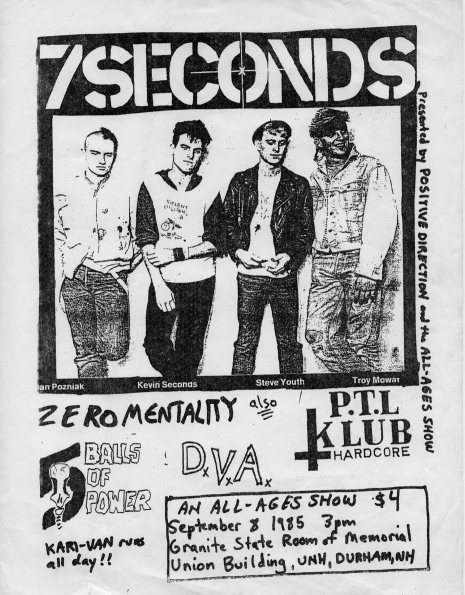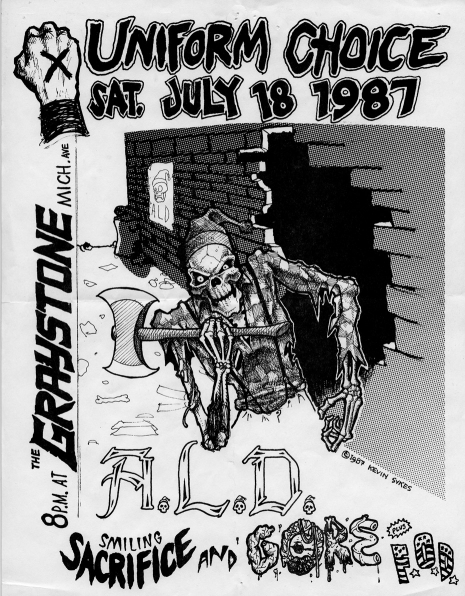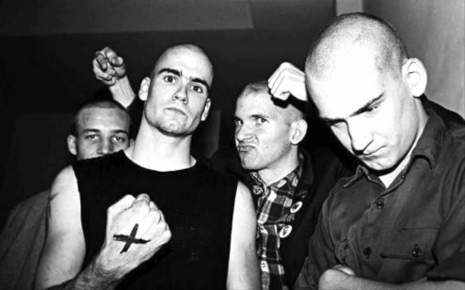
I’m a person just like you, but I’ve got better things to do…
Ian Mackaye never intended to lead the straight edge revolution. Songs like “I’m Straight” and “Keep it Clean” prove that the punks had restraint before the Dischord-boom. That being said, Ian’s high school band Teen Idles did put out the Minor Disturbance EP, their only release, with younger brother, Alec MacKaye’s valiant, X’d up fists on its cover. The X’s, now a symbol of the anti-inebriation subculture, was meant to signify that he was underage and therefore “incapable” of drinking. In 1981, Ian’s DC-hardcore band Minor Threat released its fundamental, self-titled debut EP - on it included the moniker song “Straight Edge.” During a time when being a punk meant sniffing glue (“Just Say No”), Ian wrote a forty-six second statement about how you could be “straight” and still be like everybody else. So yeah, Ian Mackaye pretty much is the Godfather of straight edge.
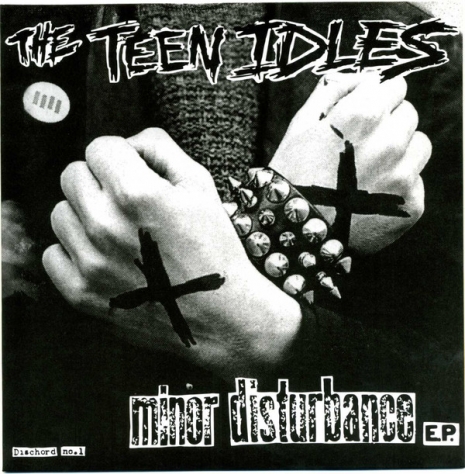
Bands like Youth of Today, SS Decontrol, Gorilla Biscuits, and 7Seconds helped promote the core values of straight edge. Those being that one could rebel through self-control and individuality. And for punk rock, which already was reactionary toward the excesses and hedonism of the boomer generation, being straight edge was yet another way to resist the mainstream. At least I can fucking think…..
In the mid-to-late nineties, straight edge caught wide appeal. By this point, newer variations of hardcore began to embrace a lifetime commitment to a substance-free existence. Vegetarianism and social justice issues were integrated into its list of convictions and newer, more radical takes on the subculture began to appear. Hardline was a faction of vegan straight edge that promoted its oftentimes conservative judgements through imposition and direct action, even if by any means necessary. “Hate edge” militant gangs and crews formed, most notably in places like Salt Lake City and Reno, where McDonald’s locations were being firebombed and fellow punks were getting jumped for smoking and drinking. So naturally, the parents of America got concerned.
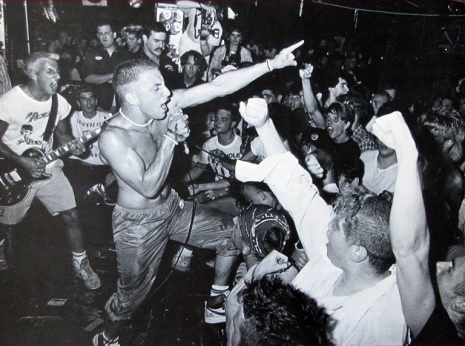
Youth of Today - the most straight edge band?
Similar to its interpretation of punk a decade prior, the media had a hard time comprehending the straight edge phenomena. Described as a “strange development,” several local news outlets across the country ran investigative reports into the drug-free hXc lifestyle and what it meant for our communities. Should I be concerned if my son is a straight edger? Mostly no, according to multiple reports, although a few of them profiled the animal liberation guerrilla efforts of hardline activists and the growing wave of violence committed by them. Straight edge was soon the subject of an episode of America’s Most Wanted and even on the daytime talk show Rolonda, in 1997.
Back in 1995, CNN’s Anderson Cooper was a correspondent for ABC News. That same year, he traveled to Syracuse, NY to report on a growing youth movement known as “straight edge.” The segment is introduced with shocking new evidence that teenage use of marijuana and illegal drugs is on the rise. Notwithstanding, rookie newscaster Anderson Cooper had supposedly “discovered a small, but growing group of young people who are refusing to engage in such self-destructing behavior.” Among them were brothers Trevor and Justin, the center of our cultural probe, who came upon a drug-free lifestyle to protest the self-indulgence of their generation, and of those past. Cooper narrates the report, but can be seen around the two-minute mark, sitting within a pow-wow discussion group of X’d up hardcore teens.
More after the jump…








